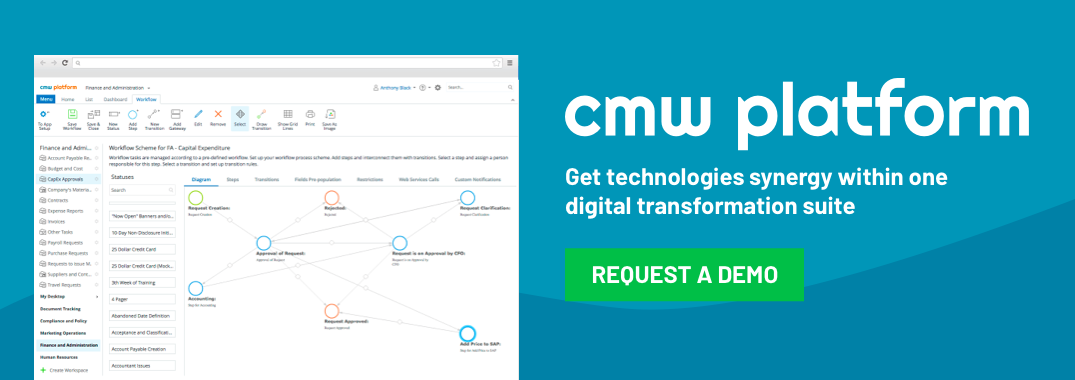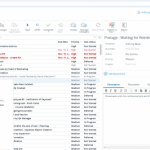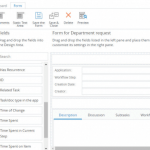Business Process Engine: revolutionising workflow management
January 31, 2025
Nuanced approaches must be applied if businesses are to thrive now more than ever, with a Business Process Engine (BPE) being one example which allows any organization looking to maximize agility and output to transform workflows within an organization. In this guide, we would particularly focus on BPE.
Table of Contents
What is a Business Process Engine?
A Business Process Engine (BPE) can be considered as a software application developed to automate and optimize workflows in a business. It enables organizations to automate processes that are not only efficient at the moment but highly adaptable for future market demands. BPEs allow tasks to be organized and completed within a set time frame, offering structure and order to a business's daily operations while greatly reducing inefficiency. A BPE empowers companies with advanced capabilities and growth management through the combination of workflow automation, process orchestration, and business rules engines.

The key components of a business process engine
A robust BPE typically includes the following components, each playing a critical role in streamlining operations:
- BPMN workflow engine
The BPMN engine (Business Process Model and Notation) provides a user-friendly, visual way to map out workflows. This graphical tool makes complex processes easy to understand, enabling clear communication and collaboration among decision-makers.
- Workflow engine
This component ensures that tasks within a workflow proceed in the correct sequence. It automates task execution, allocates resources, and keeps the entire workflow on track.
- Business rules engine
The business rules engine applies predefined rules to automate decision-making processes. It ensures consistency, compliance, and efficiency across all business operations.
Why your business needs a business process engine
Implementing a Business Process Management System (BPMS) with a robust business process engine delivers highly tangible benefits:
- Seamless automation
Repetitive tasks no longer require manual input. Automating these activities reduces errors and frees up employees for higher-value work.
- Streamlined process orchestration
A BPE integrates seamlessly across systems and teams, coordinating processes to ensure they flow without interruptions.
- Enhanced process visibility
Real-time monitoring provides insights into workflow performance. This transparency helps pinpoint bottlenecks and implement effective solutions, driving continuous process improvement.
- Flexibility and scalability
Platforms built on low-code or no-code technology enable businesses to adapt workflows easily, without requiring specialised programming skills.
Steps to effective workflow modelling and process design
To maximise the impact of a business process engine, effective workflow modelling is vital. Here’s how you can get started:
- Define clear objectives
What do you want this workflow to achieve? Ensure your goals are measurable and aligned with your business outcomes.
- Map the workflow
Use BPMN to create a step-by-step visual representation of your workflow, highlighting key decision points and potential inefficiencies.
- Validate with stakeholders
Collaborate with relevant teams to ensure the workflow model reflects accurate needs and intentions.
- Implement and monitor
Deploy your workflow using the process engine, and use monitoring tools to track performance metrics like task completion times and resource utilisation rates.
Process execution and monitoring
Once deployed, the process execution stage ensures seamless task assignments. Real-time tracking tools allow visibility into progress, enabling managers to focus on activity management and task management at a granular level.
Why monitoring matters
Monitoring goes hand-in-hand with optimisation. Setting up Key Performance Indicators (KPIs) such as task efficiency or compliance rates lets you continuously refine your processes. With process automation tools, you can turn data insights into actionable recommendations.
The role of advanced automation technologies
Business process engines are fuelled by new technologies such as Digital Process Automation (DPA), Robotic Process Automation (RPA) and Intelligent Process Automation (IPA). With these technologies, businesses are able to advance from mundane automation to AI-driven decision-making processes and integrating machine learning.
These may be, for example, automated invoice processing, smart customer service bots and predictive supply chain management which increases efficiency while reducing costs.
Unlocking long-term value
A business process engine is more than a mere instrument; it is the foundation of flexibility, growth, and competitive edge in a market. By focusing on process automation through an intelligent lens, you do not simply improve existing workflows. You set the strategy for innovation and reputation tomorrow.
If you are ready to elevate the operation of your business, a process automation engine may be just what you need for your business process improvement efforts.
Final thoughts
Decision-makers, take note—whether it’s streamlining supply chains or providing a better customer experience, a BPM platform powered by a business process engine can bring incredible results at scale.
Start small, prioritise your most time-consuming tasks, and review KPIs regularly. By embedding workflow automation and process orchestration into your strategy, you’ll see immediate results and sustained growth.
Position your organisation at the forefront of operational excellence with the right tools and technologies. Take control of your workflows—unlock efficiency and create lasting impact.



